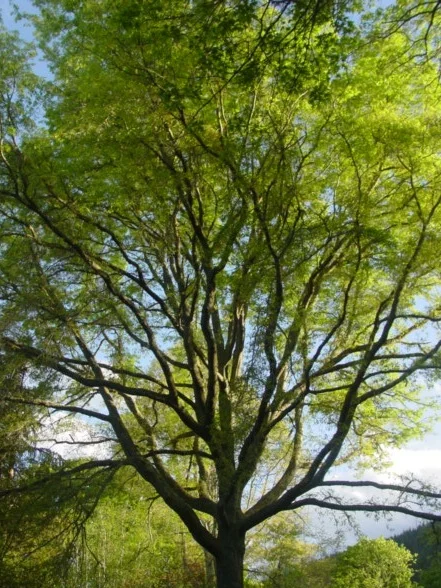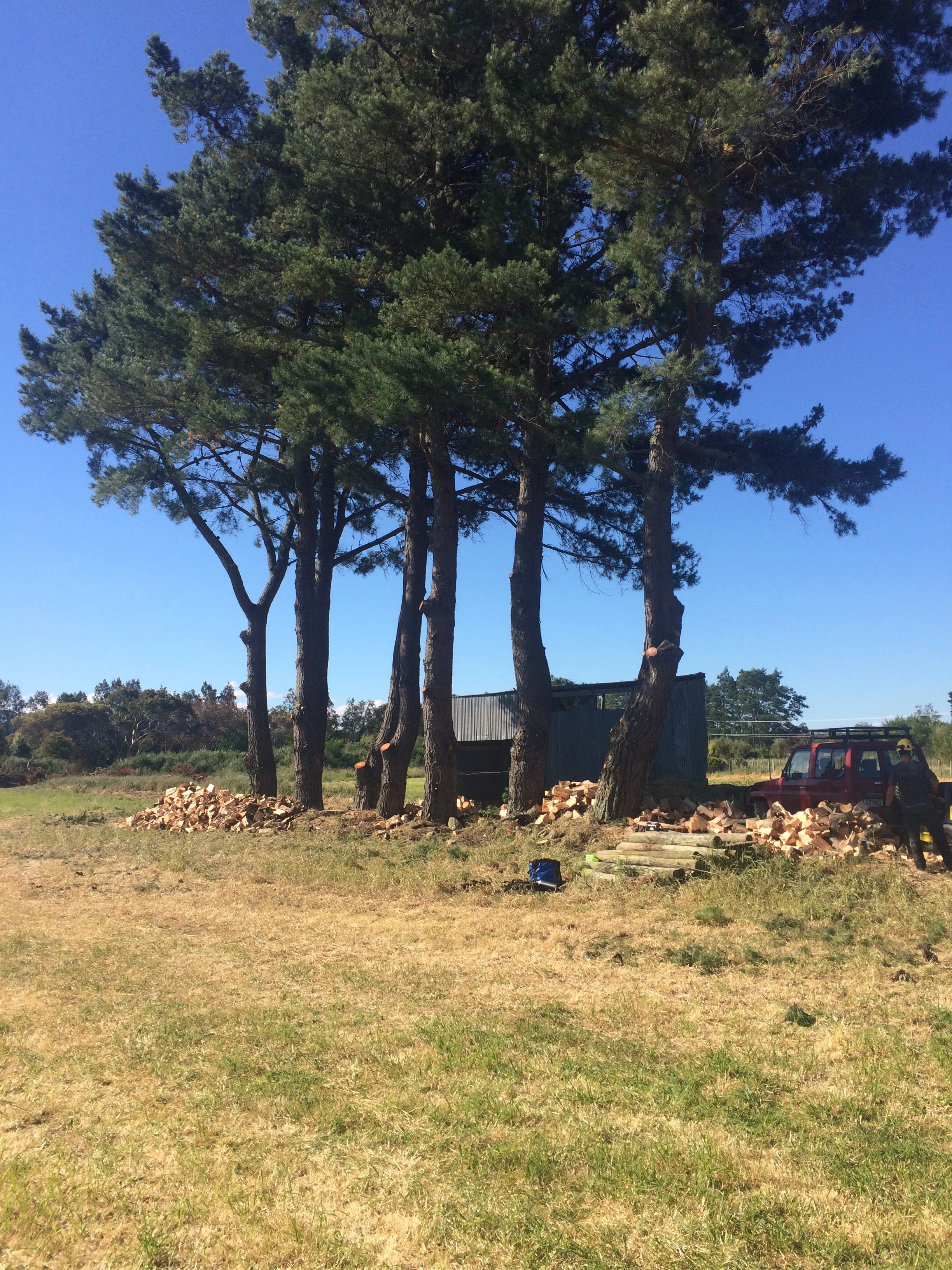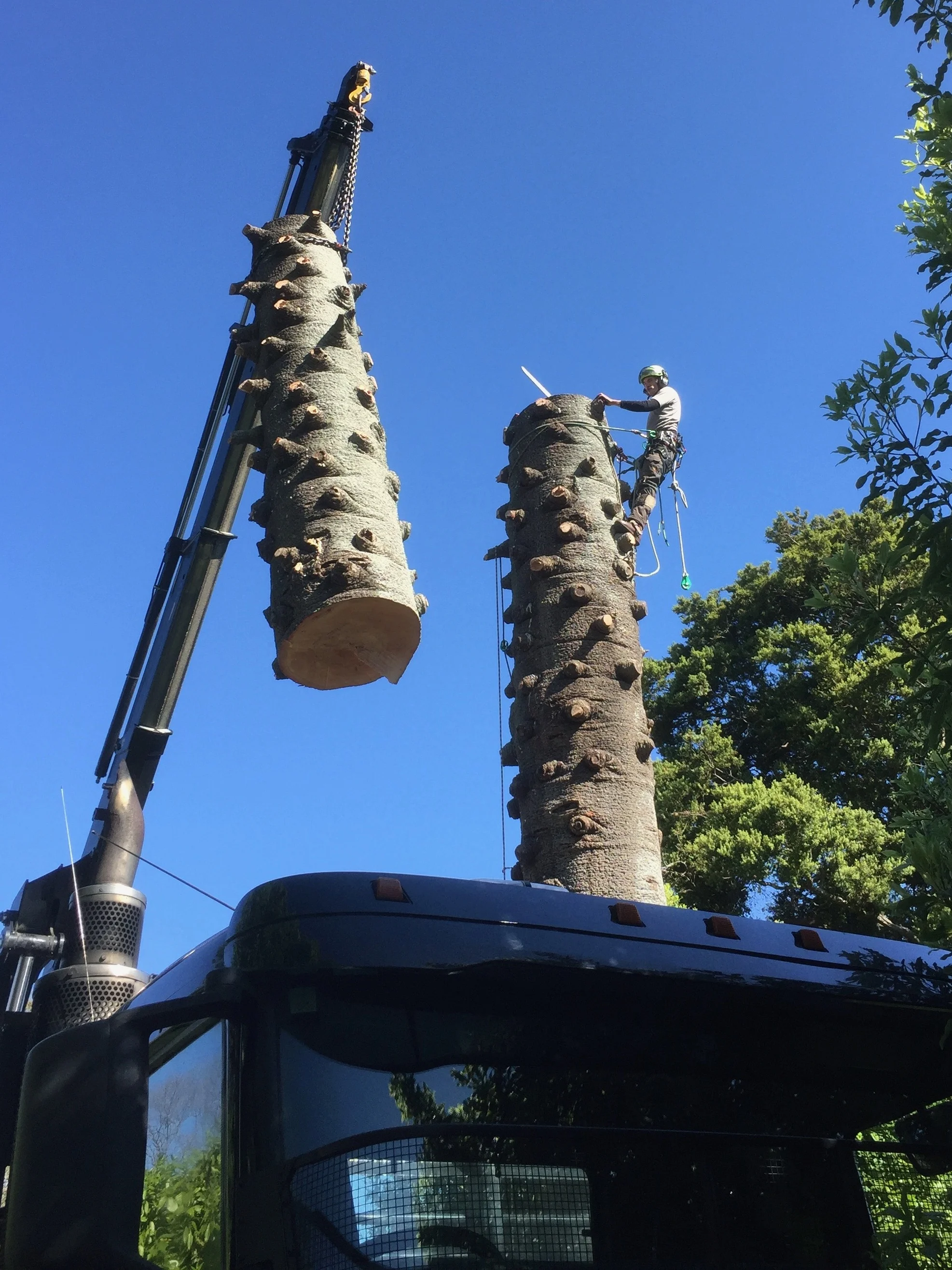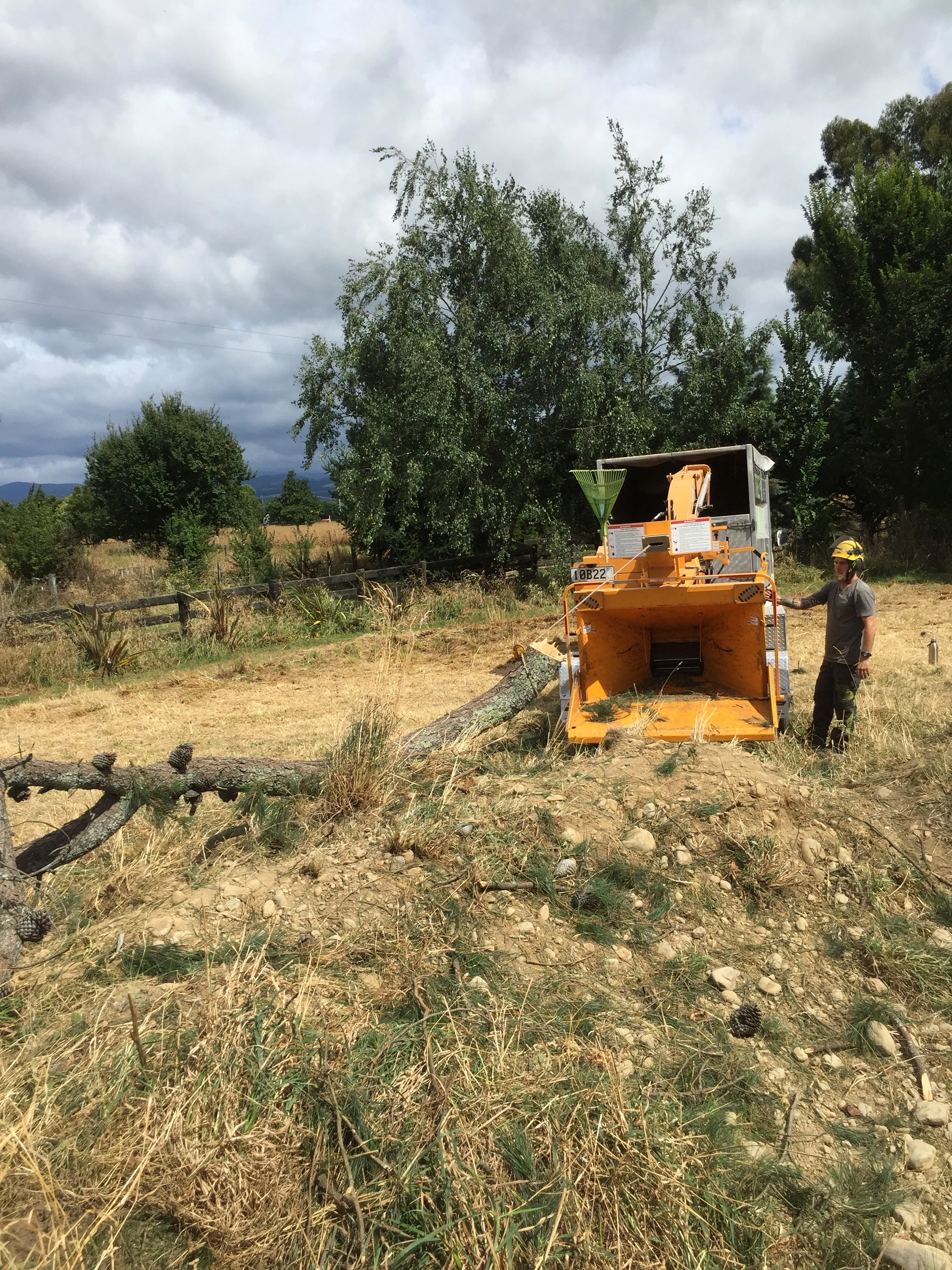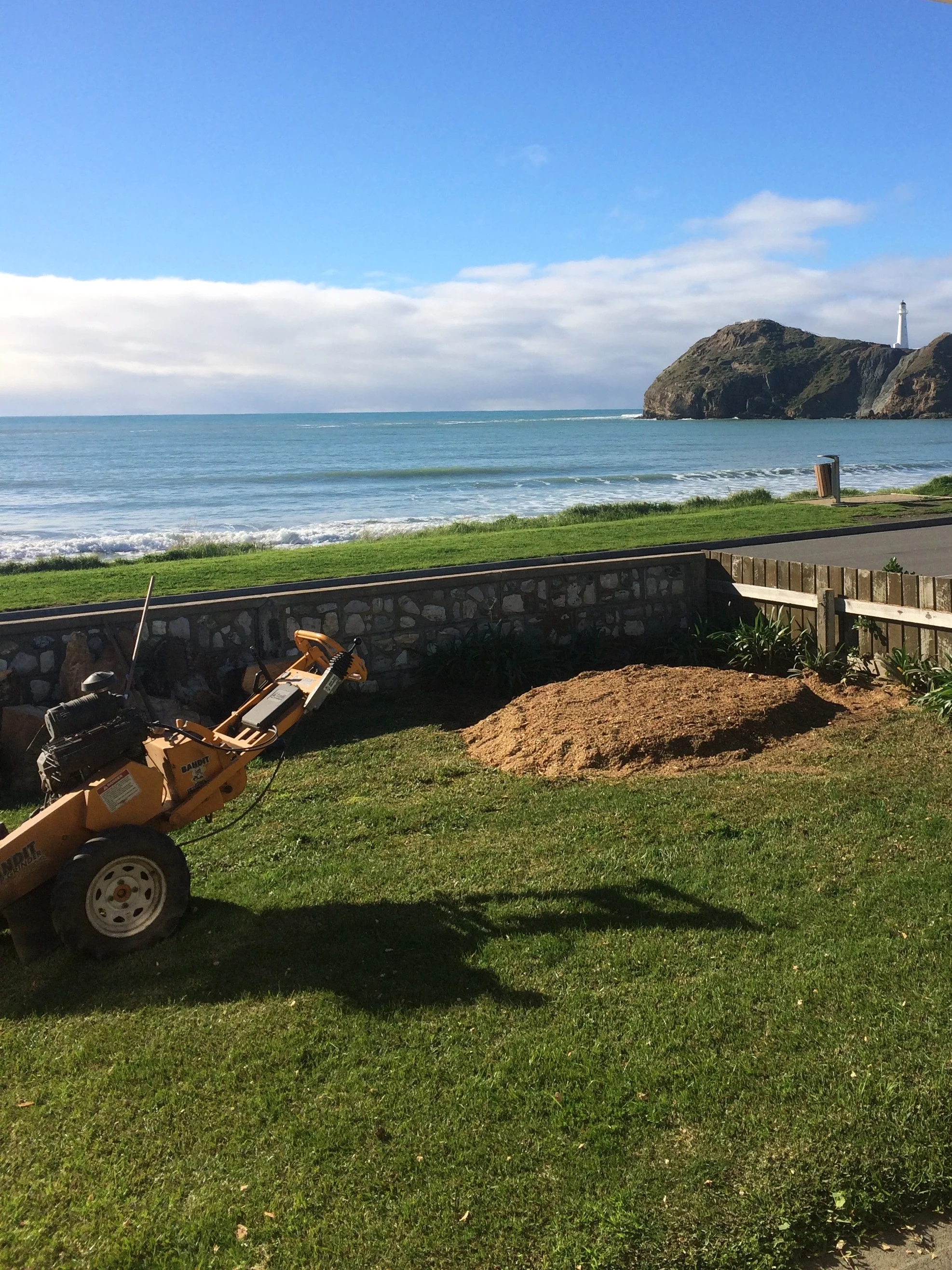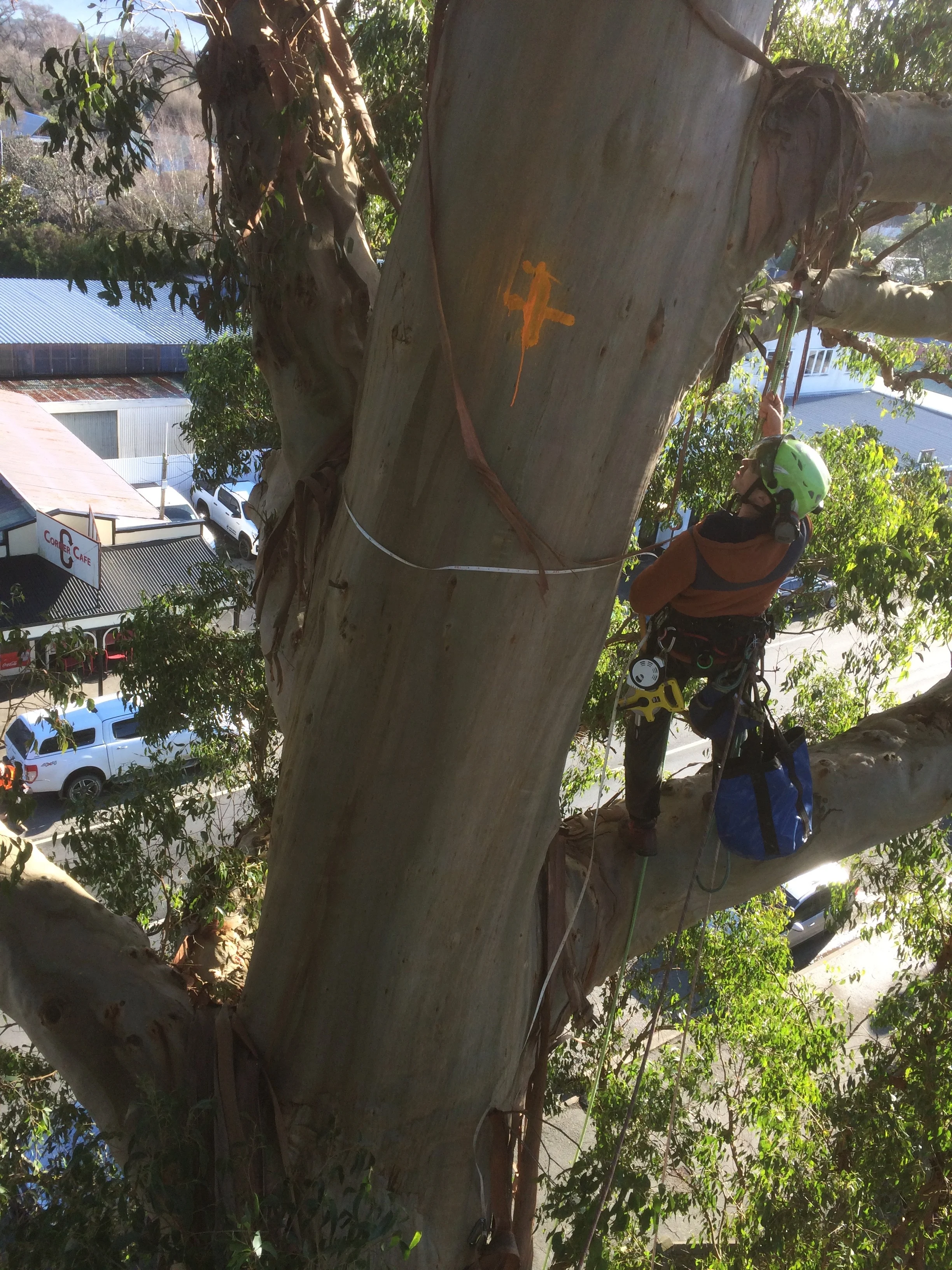Pruning
We consider ourselves market leaders in pruning and crown reduction work. We believe it requires the most skill of any aspect of arboriculture, and equal amounts of vision, patience, as well as knowledge of tree species, tolerance to pruning and long term implications on tree management. Too often we see trees either unnecessarily pruned, or savagely pruned with no thought for how trees will respond in years to come. We’ll give you honest advice, backed up with up to date research, to give you the best grounds to make a decision on your trees. Crown reduction in particular requires a lot of skill, and can be time consuming work. Limiting wound size by only removing the outer periphery of the crown, and retaining natural proportions means the tree has the best chance of recovery and future safety.
Formative pruning
‘A stitch in time saves nine’. Carrying out minor work while a tree is juvenile can help to create a strong framework for your specimen trees. This can involve removal of crossing branches, selection of temporary and permanent branches, pruning to encourage apical dominance (in single stemmed trees). Dollar for dollar, it’s the best money you can spend on trees, after buying quality nursery stock that is.
Crown lifting
This involves the removal of the lowest branches of a tree to achieve a uniform height where the crown begins. This can re-open views, prevent branches becoming a nuisance for mowing and walking beneath, and generally help to make a space feel less claustrophobic.
Crown Reduction
Crown Reduction can increase the safety factor of trees. Many open grown exotic trees in New Zealand begin to self destruct as they reach maturity. Most commonly this is from a lack of formative pruning at a young age (and therefore underlying defects), or as research has shown in recent years, branch failure through excess end weight. As lower branches continue to grow laterally in the search for light beyond the edge of the crown, they reach a stage where they can no longer sustain their weight, and when inclement weather exacerbates this, the excess load is felt nearer to the trunk and large limbs can split, break or shear off. Imagine holding an empty bucket with your arm outstretched and gradually filling it up - while the additional weight isn’t much, the effect of a long lever arm on your shoulder is significant. Trees experience the same thing, and sometimes we can notice this by inspecting your trees and looking for tell tale signs from their ‘body language’. Fortunately, trees can be safely retained by relatively minor pruning - an end weight reduction of 15% has been shown to decrease stresses at main unions by up to 50%.
Thinning
Thinning used to be considered a good practice, where the interior canopy of trees was thinned to allow more filtered light. Research has shown that this practice can lead to problems where excessive sub-branches are removed along a branch, leaving all the foliage at the tips (‘lions tailing’), and increases the likelihood of branch failure. The interior canopy acts as a shock absorber when confronted by wind, and having this will naturally make for a safer tree as it dissipates load. It also provides an additional food making source (leaves) for the tree, and gives options for crown reduction in older age as trees naturally die back.
We limit thinning to the removal of deadwood and crossing limbs, and make an effort not to remove or damage the interior canopy as we work on your trees, to ensure they can remain happy and healthy for as long as possible.
Bracing
When faults or defects are identified in trees, sometimes these can be managed through remedial pruning, but sometimes we look at options to install permanent bracing in trees. This can consist of bolting/bracing (particularly on split stems), or installing a product called Cobra bracing within the canopy of the tree. This allows some movement within the canopy, so the tree can still adapt to loads and put on reactive growth, but the bracing pulls tight before branches move to the point of failure. We consider each tree on a case by case basis, and whether it would be suitable - but in the right situation it can reduce risk and therefore help to retain trees.
Service line clearance
Keeping phone and power lines clear from trees is essential to avoid any unexpected interruptions. We carry specialist insulated tools to safely work around these lines, and work to industry standards to safely clear trees from power lines before working around them manually. We can deal with any line that comes from a main network pole to your house, but can not work on the main network itself. You need to contact Powerco if you have trees on your property growing into the main network.
Removal
As passionate as we are about retaining trees, sometimes they need to be removed. This can be for safety reasons, infrastructure damage, wider landscape plans, or if the cost of maintaining a tree outweighs the benefits it would return.
We’re skilled in all aspects of tree removal, from felling (manual and machine assisted) to sectional dismantling, rigging, crane and hi-ab removal. Our compact machinery can get in places others can’t, and coupled with our aerial climbing skills there’s very few places we can’t get. Dismantling trees in tight spots is a specialty, and we routinely use rigging methods to avoid damage to fences, structures, gardens & lawns, and any other obstacles in the way. We love leaving a site spotless too - it’s always great to hear people say it looks like we were never there.
Mulching
Our Brush Bandit 12xp takes care of our mulching requirements with ease. It will comfortably eat a 12” limb and convert it into organic mulch for your garden. Any mulch from your own trees can be left behind at request, or we can remove it at no charge to you.
Our mulcher also has a powerful winch fitted, meaning we can drag trees/branches to the chipper, even up and down hills. We also use it to pull trees over, removal of stubborn material like vine, and every now and then, to get the truck unstuck!
Mulch is great for gardens - it regulates soil temperature, gives nutrients back to the soil as it breaks down, suppresses weeds and looks great!
If you’re simply after a load of mulch, we sell it by the truckload - be warned though it’s often in hot demand and there is usually a waiting list.
Stump grinding
Our Brush Bandit HB20SP stump grinder is the perfect machine for small to medium stumps (up to about 1m diameter). We can grind to a depth of 300mm when required, removing any trace of stumps. If you’ve got stumps you keep hitting while mowing, want to replant or return an area to lawn, contact us today.
Consulting
We're happy to offer advice as part of our quoting service. If you're after something specific, we can help with the following:
Tree Identification and Surveys
Tree reports
Risk assessments
Management/maintenance plans


